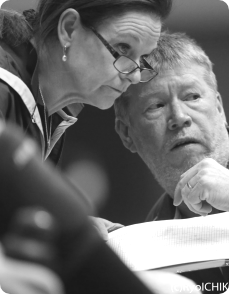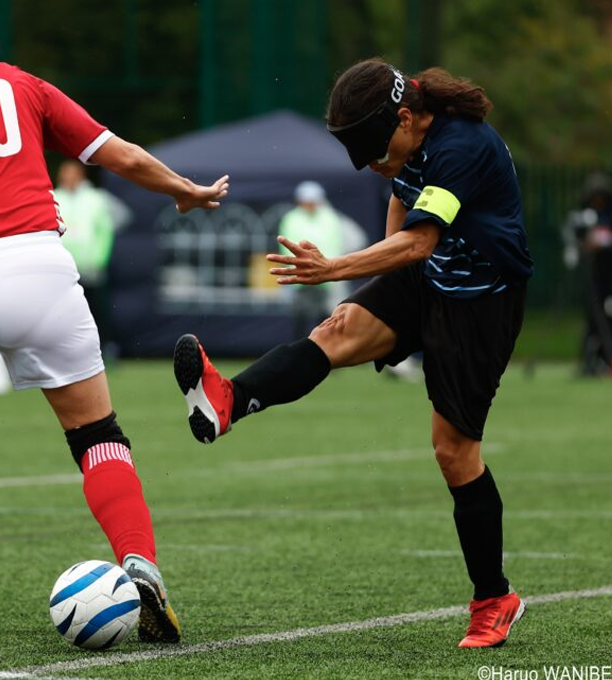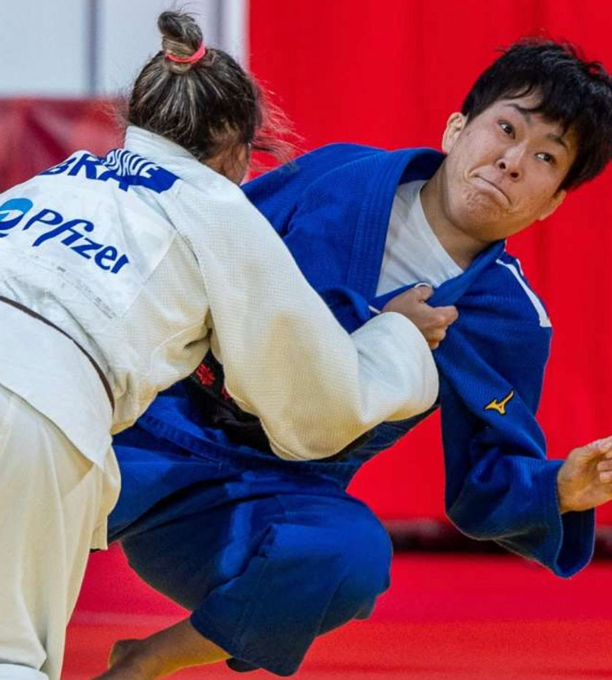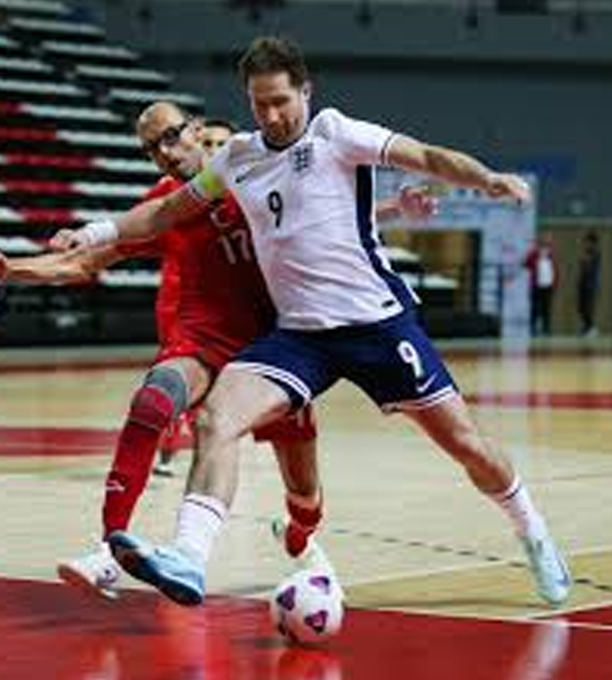Classification
Classification in Para sports is important to ensure fair competition. It is the process by which athletes are grouped together to compete against each other in both team and individual sports.
Classification is a measurement and criteria set which is trained by classifiers across the world. These assess athletes and classify them based on the degree of impairment. If a player has an eligible impairment, they will be grouped with others of the same class when the sport requires that in sports for people with visual impairments.
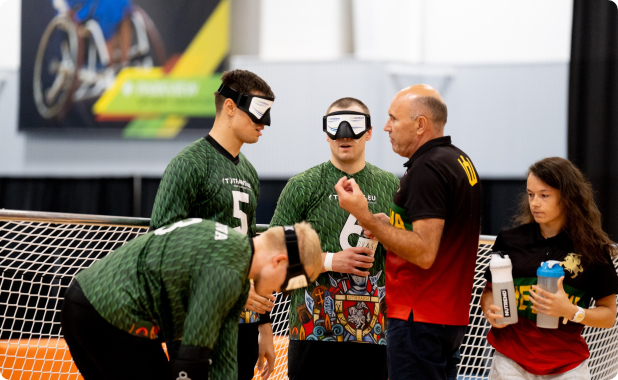
Classifiers are ophthalmologists and optometrists who are recognised by IBSA and IPC.
All sports for athletes with a vision impairment have a classification system and trained classifiers who assess each athlete individually in a range of ways. This can be done on reading tests or a similar method, depending on their impairment. A panel of at least two certified classifiers will assess each athlete, giving them physical and visual tests and awarding individual scores.
Classification Code
Each International Federation is responsible for classification in their sports. Each classification system must meet the IPC Athlete Classification Code if a sport is on the Paralympic programme.
Classification Code ➝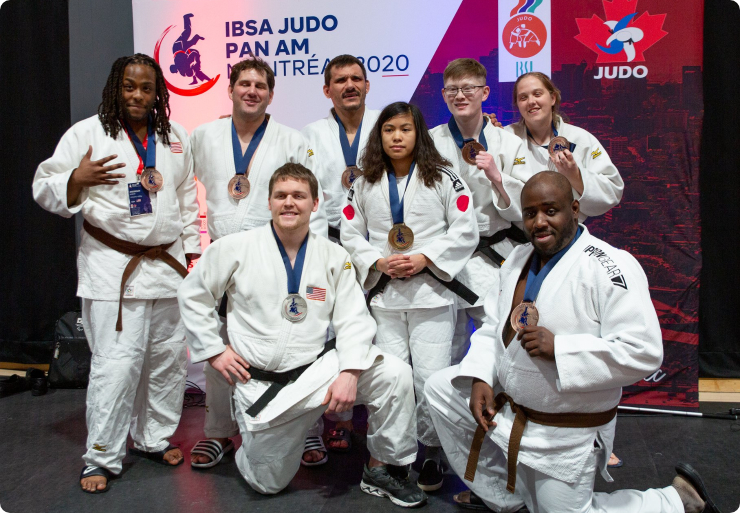

IBSA is carrying out research to ensure that each of its Paralympic sports meets the standards set in the Code and that the classification system is evidence-based and sport specific.
More information about how classification works for each of the sports IBSA is responsible for, and those it supports like blind golf and tennis, can be found below.
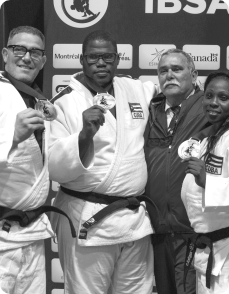
For athletes and teams
Learn more →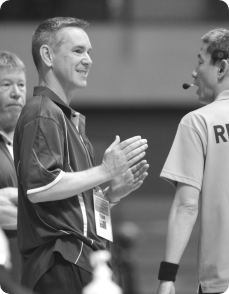
For classifiers
Learn more →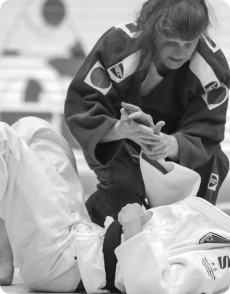
For competition organisers
Learn more →